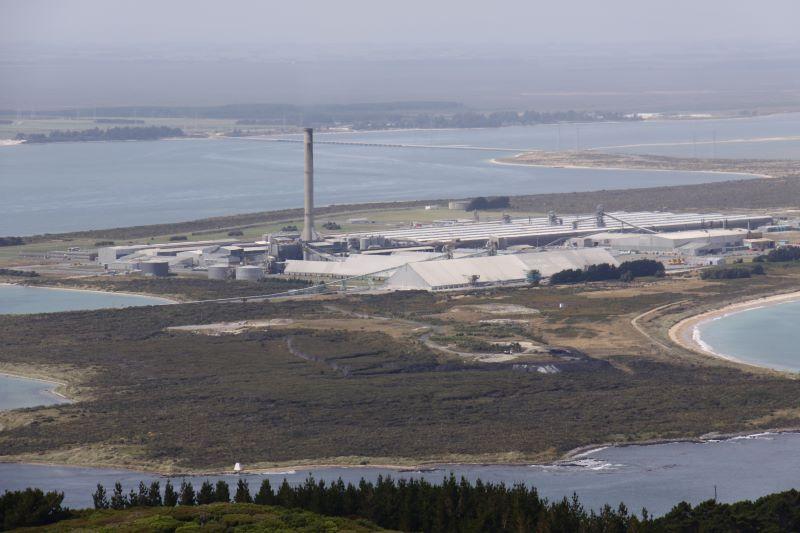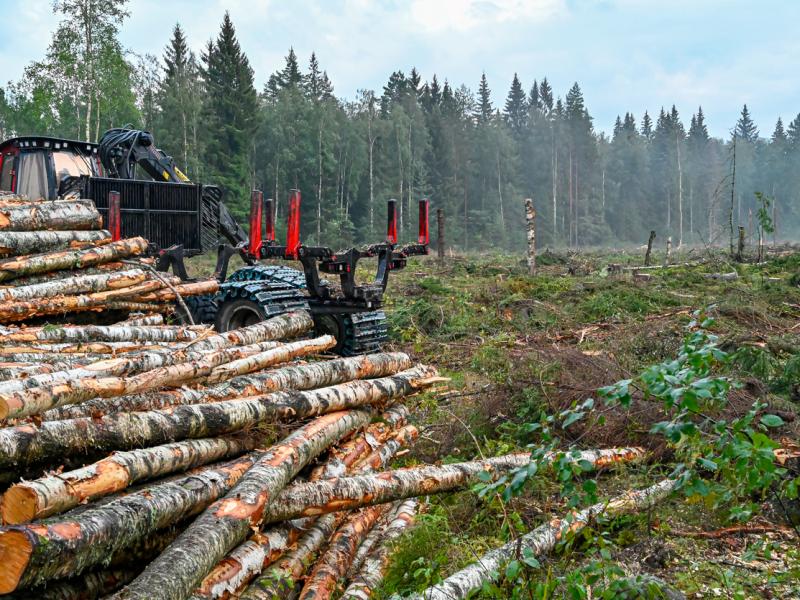The independent monitoring undertaken earlier this year to fill gaps we identified in New Zealand Aluminium Smelters’ data confirms our initial understanding of numerous legacy and ongoing sources of contamination to the environment.
Environment Southland’s position is that the site needs to be managed as a whole to meet contemporary expectations of industrial environmental performance. Currently, NZAS operates under eight consents, most of which are coming up to 20 years old.
Environment Southland chief executive Wilma Falconer said a comprehensive regulatory approach would give certainty to both NZAS and Southlanders.
“A whole-of-site regulatory approach would give NZAS and the community certainty for the future operation of the smelter. It would require appropriate environmental standards to be met, the remediation of current contamination and ensure the site is cleaned up when NZAS eventually closes.
“We want to work with NZAS to speed up this process to provide certainty for its operation and to ensure the smelter is managed in a way that doesn’t leave Southland with a contaminated site and the costs to remediate it.”
The independent monitoring was undertaken by EHS Support (EHS), experts with international experience in decommissioning smelters. The monitoring focused on the coastal marine area around the smelter, landfill and wider site.
The EHS report confirms two years of studies that show manufacturing processes on the site produce waste with contaminants that escape into the surrounding environment via stormwater drainage and groundwater.
A number of contaminants were found at levels above the Ecological Screening Values deemed relevant and applicable to the Tiwai Point aluminium smelter site. These include fluoride, aluminium, zinc, nickel, and PAHs (polycyclic aromatic hydrocarbons).
NZAS conducted similar monitoring, and the data and expert conclusions are broadly similar. However, EHS captured additional samples during a large ‘first flush’ event on 2 February 2023 when, after a dry period, heavy rain washed contaminants into site drainage and then into the sea. This led to the formation of a fluoride and aluminium plume extending well beyond the consented drain water mixing zone. Fluoride and aluminium contamination has the potential to impact marine life.
Fluoride in drain water discharging to the sea during this event was approximately 15 times higher than the Ecological Screening Values, and aluminium in the water was 440 times higher than Ecological Screening Values at a point 50 metres beyond the consented drain water mixing zone.
The EHS report also found contamination along foreshore areas at concentrations that could pose a potential terrestrial (land-based) ecological risk. This included Department of Conservation land.
The monitoring of Bluff harbour and Foveaux Strait showed lower-than-expected residue in seawater and sediment, given the contamination volumes leaving the site, likely due to the swift currents of Foveaux Strait dispersing and diluting contaminants. This means there is unlikely to be human health risks via contaminant bioaccumulation through the food chain, however EHS recommends consistent monitoring over time to confirm this.
Key findings of the report
Key findings from EHS Support’s independent monitoring of the coastal marine area surrounding Tiwai smelter site in early 2023 include:
• Sources of contamination within operational areas of smelter have generated widespread groundwater contamination that is discharging into the coastal marine area.
• The scale and nature of the contamination recorded is less than expected as the nature of the Bluff Harbour and Foveaux Strait receiving environments both attenuate contaminant discharges to varying degrees.
• There are unlikely to be higher order or human health risks via contaminant bioaccumulation through the food chain. This determination requires further biological testing to provide a more affirmative conclusion.
• The extent of the groundwater contamination plume discharging from the landfill to Foveaux Strait is extensive (approximately 1 km wide) with the effects from this discharge currently being assessed through the re-consenting process for the NZAS landfill.
• Discharges of contaminants occur via the consented stormwater drains (above environmental screening values) posing potential chronic and at times acute effects to ecological receptors.
• There are first flush stormwater discharges from the north drain that extend beyond the mixing zones at concentrations greater than environmental screening values and consented limits. Sediment and pore water concentrations above environmental screening values extend beyond the mixing zones of the north drain.
• Groundwater discharges are occurring within the smelter domain and spent cell liner pad areas that exceed groundwater environmental screening values.
• It is clear that concentrations exceed ecological screening values within the coastal marine area to the west of the landfill (in Bluff Harbour).
• Soil contamination along select foreshore areas investigated recorded contaminant concentrations that could pose a potential terrestrial ecological risk (notably south and west drains, east landfill area, Inalco area, and spent cell pad area).
• The consent stormwater sampling is potentially under reporting contaminant concentrations beyond the mixing zone during certain flow conditions and does not address sediment or pore water contamination within the drains and broader receiving environment.
• Given the ease of public access to Bluff Harbour and the discharge points for the stormwater drains, measures should be implemented to warn the public.
[Note: We are asking NZAS to erect signage at the discharge points to alert the public of the industrial discharges.]
The full report is available on the Environment Southland website.






